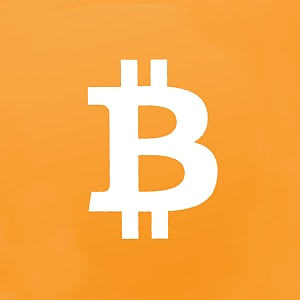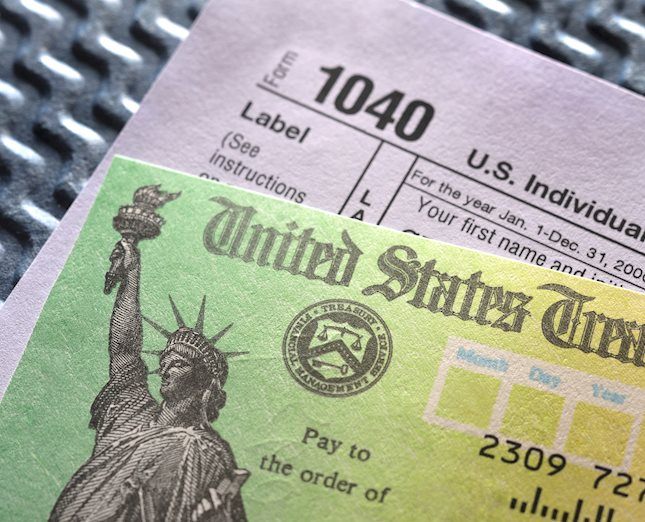Most recent article: India Gold price Tuesday: Gold rises, according to MCX data
Gold prices rose in India on Monday, according to data from India's Multi Commodity Exchange (MCX).
Gold price stood at 62,143 Indian Rupees (INR) per 10 grams, up INR 129 compared with the INR 62,014 it cost on Friday.
As for futures contracts, Gold prices decreased to INR 62,010 per 10 gms from INR 62,094 per 10 gms.
Prices for Silver futures contracts decreased to INR 71,638 per kg from INR 71,839 per kg.
| Major Indian city | Gold Price |
|---|---|
| Ahmedabad | 64,205 |
| Mumbai | 64,020 |
| New Delhi | 64,085 |
| Chennai | 64,280 |
| Kolkata | 64,260 |
Global Market Movers: Comex Gold price is weighed down by reduced bets for an early Fed rate cut
- Reduced bets for an early interest rate cut by the Federal Reserve, along with a generally positive risk tone, prompt fresh selling around the Comex Gold price on the first day of a new week.
- The better-than-expected US macro data released last week, along with the recent comments by Fed officials, force investors to further trim their bets for an early interest rate cut.
- The University of Michigan's preliminary survey showed that the US Consumer Sentiment Index rose from 69.7 in December to 78.8 this month, or the highest level since July 2021.
- According to CME Group's Fed Watch Tool, traders are now pricing in a less than 50% chance of a Fed rate cut move at the March policy meeting, down from over 70% last week.
- Chicago Fed President Austan Goolsbee said on Friday that the central bank needs more inflation data in hand before any decision could be made to cut interest rates.
- Separately, San Francisco Fed President Mary Daly said there is still a lot of work left to do on inflation and it is premature to think that rate cuts are around the corner.
- The US launched an attack on a Houthi anti-ship missile on Sunday, its seventh round of strikes since the Iran-backed rebel group began targeting merchant vessels in the Red Sea.
- There have been at least 140 attacks on US bases since October 17 and seven in the past week, including the heavy military strikes on Ain al-Assad base in Iraq, which injured US and Iraqi soldiers.
- Iran has vowed retaliation for a strike that killed five senior military officials in Damascus yesterday, an attack it blamed on Israel, which has neither confirmed nor denied involvement.
- Israeli forces and Hamas fighters clashed in several places on Sunday, while Israeli planes resumed heavy bombing on Khan Younis in the southern Gaza Strip.
- Israeli Prime Minister Benjamin Netanyahu appeared to rule out the two-state solution to the conflict and said that Israel must retain security control over all the territory west of Jordan.
- The People's Bank of China (PBoC) decided earlier this Monday to leave the one-year and five-year Loan Prime Rate (LPR) unchanged at 3.45% and 4.20%, respectively.
(An automation tool was used in creating this post.)
Gold FAQs
Why do people invest in Gold?
Gold has played a key role in human’s history as it has been widely used as a store of value and medium of exchange. Currently, apart from its shine and usage for jewelry, the precious metal is widely seen as a safe-haven asset, meaning that it is considered a good investment during turbulent times. Gold is also widely seen as a hedge against inflation and against depreciating currencies as it doesn’t rely on any specific issuer or government.
Who buys the most Gold?
Central banks are the biggest Gold holders. In their aim to support their currencies in turbulent times, central banks tend to diversify their reserves and buy Gold to improve the perceived strength of the economy and the currency. High Gold reserves can be a source of trust for a country’s solvency. Central banks added 1,136 tonnes of Gold worth around $70 billion to their reserves in 2022, according to data from the World Gold Council. This is the highest yearly purchase since records began. Central banks from emerging economies such as China, India and Turkey are quickly increasing their Gold reserves.
How is Gold correlated with other assets?
Gold has an inverse correlation with the US Dollar and US Treasuries, which are both major reserve and safe-haven assets. When the Dollar depreciates, Gold tends to rise, enabling investors and central banks to diversify their assets in turbulent times. Gold is also inversely correlated with risk assets. A rally in the stock market tends to weaken Gold price, while sell-offs in riskier markets tend to favor the precious metal.
What does the price of Gold depend on?
The price can move due to a wide range of factors. Geopolitical instability or fears of a deep recession can quickly make Gold price escalate due to its safe-haven status. As a yield-less asset, Gold tends to rise with lower interest rates, while higher cost of money usually weighs down on the yellow metal. Still, most moves depend on how the US Dollar (USD) behaves as the asset is priced in dollars (XAU/USD). A strong Dollar tends to keep the price of Gold controlled, whereas a weaker Dollar is likely to push Gold prices up.
Information on these pages contains forward-looking statements that involve risks and uncertainties. Markets and instruments profiled on this page are for informational purposes only and should not in any way come across as a recommendation to buy or sell in these assets. You should do your own thorough research before making any investment decisions. FXStreet does not in any way guarantee that this information is free from mistakes, errors, or material misstatements. It also does not guarantee that this information is of a timely nature. Investing in Open Markets involves a great deal of risk, including the loss of all or a portion of your investment, as well as emotional distress. All risks, losses and costs associated with investing, including total loss of principal, are your responsibility. The views and opinions expressed in this article are those of the authors and do not necessarily reflect the official policy or position of FXStreet nor its advertisers. The author will not be held responsible for information that is found at the end of links posted on this page.
If not otherwise explicitly mentioned in the body of the article, at the time of writing, the author has no position in any stock mentioned in this article and no business relationship with any company mentioned. The author has not received compensation for writing this article, other than from FXStreet.
FXStreet and the author do not provide personalized recommendations. The author makes no representations as to the accuracy, completeness, or suitability of this information. FXStreet and the author will not be liable for any errors, omissions or any losses, injuries or damages arising from this information and its display or use. Errors and omissions excepted.
The author and FXStreet are not registered investment advisors and nothing in this article is intended to be investment advice.
Recommended content
Editors’ Picks

EUR/USD turns lower below 1.0350 after German data
EUR/USD comes under mild selling pressure and eases below 1.0350 in the European session on Wednesday. The pair bears the brunt of an unexpected slowdown in the German manufacturing sector, as the nation's Retail Sales data fail to inspire the Euro. Focus shifts to US ADP data and Fed Minutes.

GBP/USD stays defensive below 1.2500 ahead of key US data, Fed Minutes
GBP/USD stays defensive below 1.2500 in the European trading hours on Wednesday, undermined by a risk-off market sentiment and elevated US Treasury bond yields on increased hawkish Fed bets. Traders look to US data, Fedspeak and FOMC Minutes for fresh trading impulse.

Gold price sticks to modest gains; upside seems limited ahead of FOMC Minutes
Gold price (XAU/USD) sticks to modest intraday gains through the first half of the European session on Wednesday, albeit it lacks bullish conviction and remains below the $2,665 resistance zone retested the previous day.

Bitcoin Price Forecast: BTC edges below $96,000, wiping over leveraged traders
Bitcoin's price continues to edge lower, trading below the $96,000 level on Wednesday after declining more than 5% the previous day. The recent price decline has triggered a wave of liquidations across the crypto market, resulting in $694.11 million in total liquidations in the last 24 hours.

Five fundamentals for the week: Nonfarm Payrolls to keep traders on edge in first full week of 2025 Premium
Did the US economy enjoy a strong finish to 2024? That is the question in the first full week of trading in 2025. The all-important NFP stand out, but a look at the Federal Reserve and the Chinese economy is also of interest.

Best Forex Brokers with Low Spreads
VERIFIED Low spreads are crucial for reducing trading costs. Explore top Forex brokers offering competitive spreads and high leverage. Compare options for EUR/USD, GBP/USD, USD/JPY, and Gold.